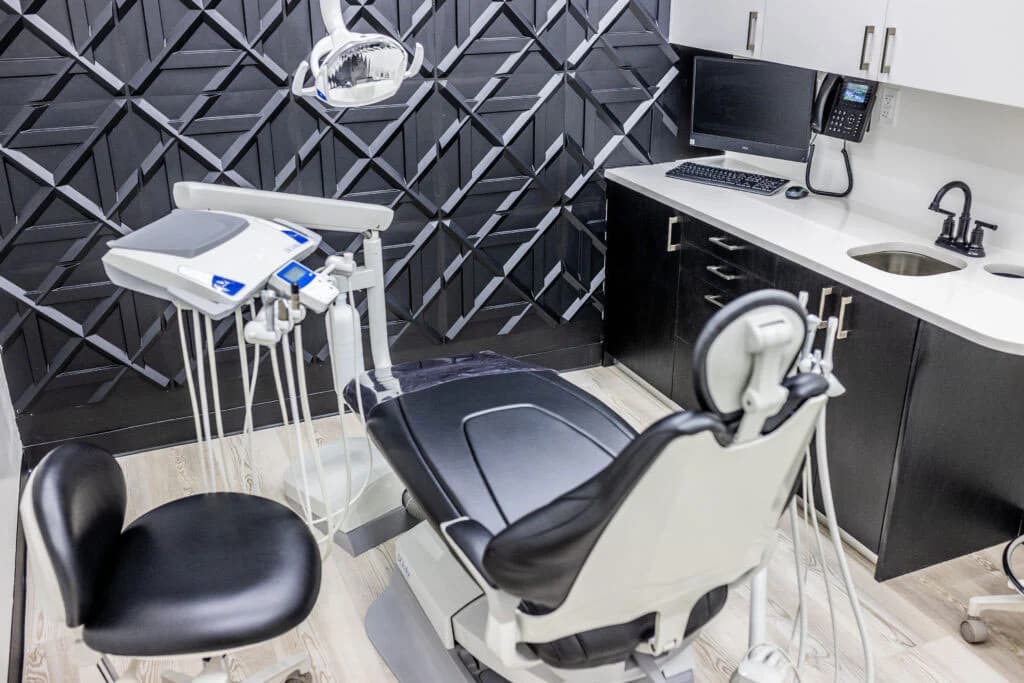Periodontal (Gum) Disease
The two most common forms of dental disease, caries (tooth decay) and periodontal disease (gum disease) are caused by the presence of bacterial communities in dental plaque. Plaque produces acidic byproducts that erode tooth structure in tooth decay and provoke an inflammatory response in periodontal tissues, leading to gum disease. If left untreated, gum disease can cause gingival pocket formation, gum recession, alveolar bone loss, and eventually, the loosening and loss of teeth.
According to the Centers for Disease Control and Prevention (CDC), one in two adults aged 30 and over in the United States is affected by periodontal disease, with prevalence increasing to over 70% in individuals aged 65 and older. As the leading cause of tooth loss in adults and a condition associated with systemic health issues like heart disease, diabetes, and adverse pregnancy outcomes, gum disease is a significant public health concern.
Risk factors for gum disease include inadequate oral hygiene practices, infrequent dental checkups and professional cleanings, genetic predisposition, smoking and tobacco use, misaligned teeth, poor nutrition, stress, fluctuating hormones during pregnancy, systemic diseases such as diabetes, rheumatoid arthritis, and HIV, and medications causing dry mouth or gum enlargement.
Signs and symptoms of gum disease include inflamed and red gums, bleeding when brushing or flossing, receding gums and exposed root surfaces, sensitivity to hot or cold temperatures, bad breath or bad taste, loose teeth, new spaces between teeth or changes in bite, changes in the fit of partial dentures, discharge around teeth and gums, and pain when biting or chewing.
While gum disease can progress silently without pain, it can be reversed if caught early. The earliest stage, gingivitis, is caused by plaque buildup at the gumline and is often associated with bleeding during brushing or flossing. Gingivitis does not involve bone loss or deep periodontal pockets and can be reversed with professional cleanings and improved oral hygiene practices.
If untreated, gingivitis can progress to periodontitis, where tissue damage extends to the supporting bone and connective tissues. This stage involves deep periodontal pockets, bone loss, and loosening teeth. Without treatment, periodontitis can progress to severe tissue and bone destruction, requiring advanced procedures such as scaling and root planing, pocket depth reduction surgery, bone or tissue grafts, or antimicrobial medications.
The best approach to periodontal care is prevention. Regular brushing and flossing, a healthy lifestyle, and routine dental checkups with professional cleanings are essential to prevent gum disease and its consequences.
*Always consult with your dentist to determine the best treatment approach for your gum health needs.

Professional Dental Care
State-of-the-art treatments in Astoria
Questions About Your Dental Health?
Dr. Khaimov is here to help you understand all your treatment options.
Schedule Consultation